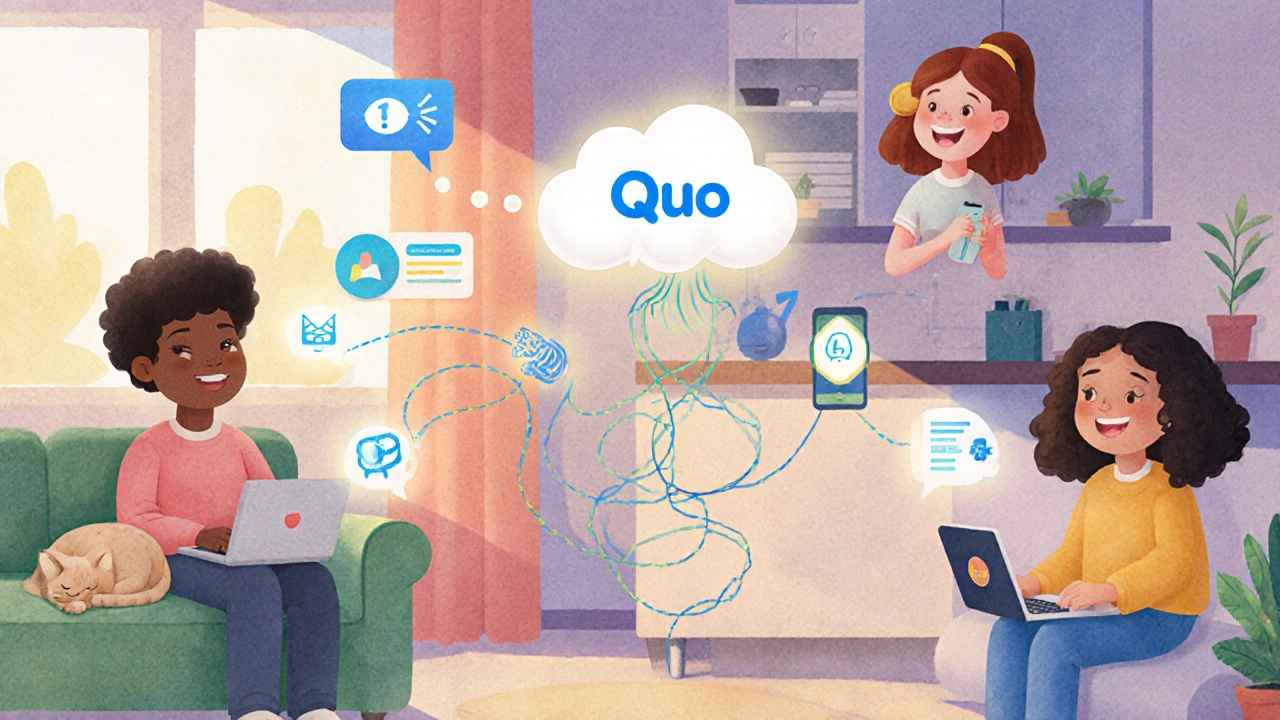OpenPhone VoIP: Features, Costs, and Real-World Use Cases
When you hear OpenPhone VoIP, a cloud-based phone system built for small teams and remote workers that replaces traditional landlines with internet calling. Also known as cloud phone system, it lets you make and receive calls from any device, manage team lines, and track call data—all without buying hardware. Unlike big enterprise systems, OpenPhone focuses on simplicity: no IT team needed, no complex setups, and no long contracts. It’s built for people who just want their business to sound professional without the overhead.
OpenPhone VoIP works best when paired with tools you already use. It connects with Slack, a team communication platform where calls can be made directly from chat, so you don’t have to jump between apps. It also supports virtual receptionist, an automated call handler that routes callers based on time of day or menu choices, which helps small teams avoid missed calls when someone’s in a meeting or out of the office. Many users start with OpenPhone because they’re tired of juggling personal phones for business calls or paying for expensive PBX systems that do too much—and too little—at the same time.
But OpenPhone isn’t perfect for everyone. If you need advanced call recording, the process of saving phone conversations for compliance, training, or quality control with strict legal controls, you’ll need to check if OpenPhone meets your industry’s rules like HIPAA or PCI DSS. It’s great for basic recording, but not for high-risk environments. Same goes for VoIP call volume forecasting, predicting how many calls your team will get based on season, campaigns, or events—OpenPhone gives you usage stats, but not deep analytics to plan ahead. If you’re running a call center with 50+ agents, you’ll likely outgrow it. But if you’re a startup, agency, or solo pro with 2–10 people, it’s one of the cleanest, most affordable options out there.
What you’ll find in this collection are real, no-fluff guides on how OpenPhone fits into everyday business life. We cover setup costs, how it compares to free tools like Google Voice, what features actually matter for remote teams, and how to avoid common mistakes that make calls drop or sound robotic. You’ll also see how it handles OpenPhone VoIP call tagging, auto-attendants, and mobile use—things you can’t learn from marketing pages. Whether you’re deciding whether to switch, already using it, or just curious, these posts give you the straight talk you need to make it work.
